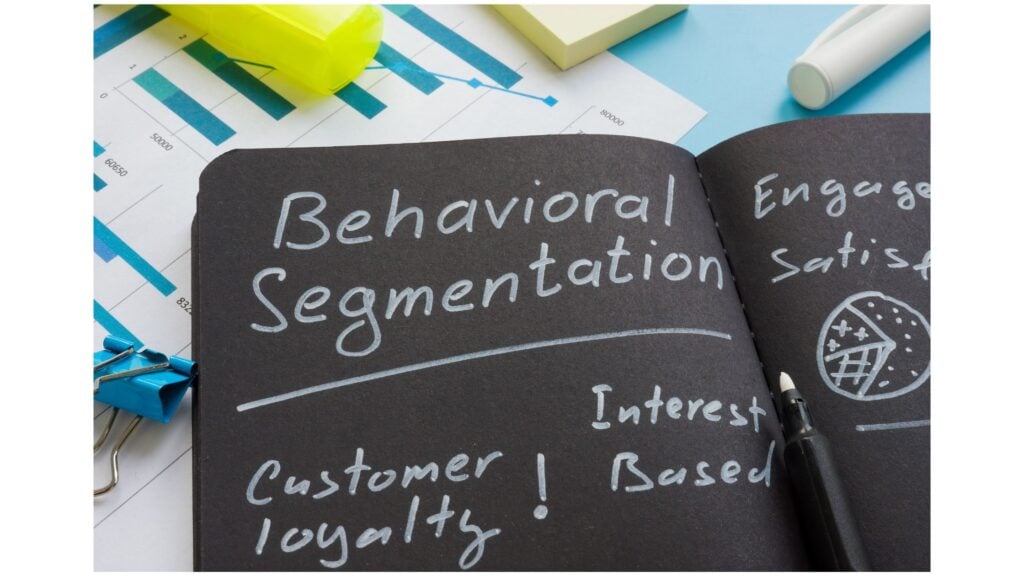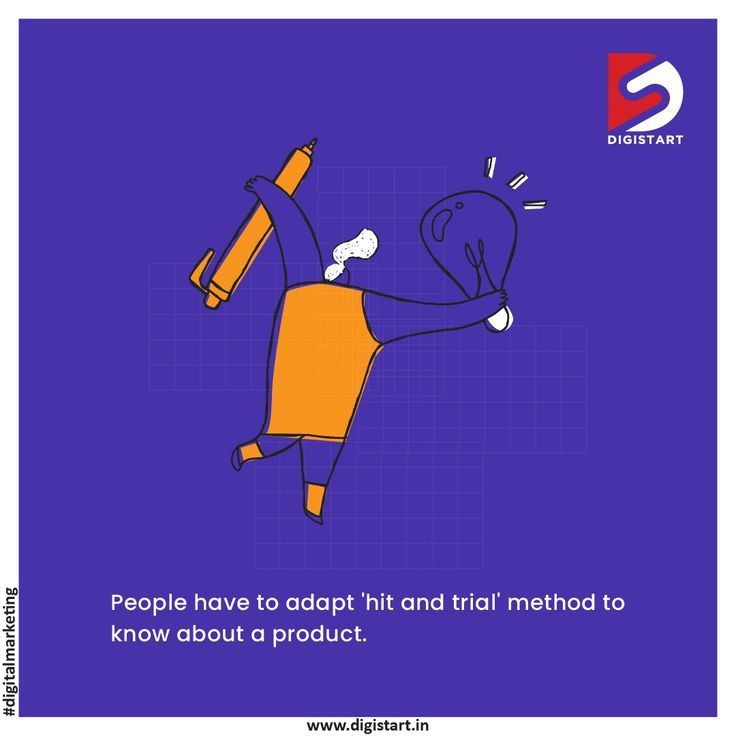Interactive Marketing Utilities: Enabling Two-Way Information Flow
Understand two-way information flow in marketing
Marketing has evolved dramatically from its traditional one way broadcast model to a dynamic ecosystem where information flow freely between businesses and consumers. At the heart of this transformation are specialized utilities design to facilitate two-way communication channels. These platforms serve as bridges, connect brands with their audiences in meaningful, interactive ways that were antecedently impossible.
Two-way marketing utilities represent a fundamental shift in how businesses engage with their markets. Kinda than plainly push messages outward, these tools create channels fofor receivingaluable feedback, insights, and direct engagement from consumers. This bidirectional approach transform marketing from a monologue into a conversation.
Social media platforms as two-way marketing utilities
Social media platforms stand as perchance the virtually prominent example of two-way marketing utilities. These digital spaces have revolutionized how brands and consumers interact, create unprecedented opportunities for direct engagement.
On platforms like Facebook, Twitter, Instagram, and LinkedIn, businesses can share content while simultaneously receive immediate feedback through comments, likes, shares, and direct messages. This instant response mechanism provide valuable insights into consumer sentiment and allow for real time adjustments to marketing strategies.
The power of social media as a two-way utility lie in its ability to humanize brands. When companies respond flat to customer inquiries, address concerns publically, or engage in conversations about their products, they transform from faceless entities into relatable organizations with personality and values.
Key benefits of social media as a two-way channel:
- Immediate feedback on marketing campaigns and product announcements
- Direct access to customer sentiment and opinions
- Opportunities to build community around brand values
- Crisis management capabilities through direct communication
- Ability to identify and engage with brand advocates
Customer relationship management (cCRM)systems
CRM systems represent sophisticated two-way marketing utilities that organize and optimize the flow of information between businesses and their customers. These platforms centralize customer data, interaction history, and preferences to create more meaningful exchanges.

Source: slidegeeks.com
Modern CRM solutions enable personalized marketing by track individual customer journeys and preferences. This allows businesses to tailor their communications base on specific customer behaviors, create more relevant and effective marketing messages.
The bidirectional nature of CRM systems come from their ability to not simply push target marketing messages out but besides to capture and analyze customer responses. This creates a continuous feedback loop that refine marketing approaches over time.
How CRM systems enable two-way information flow:
- Track customer interactions across multiple touchpoints
- Capture and organize customer feedback
- Enable personalize communication base on customer history
- Automate responses to common customer inquiries
- Provide analytics on campaign effectiveness and customer engagement
Interactive email marketing platforms
Email marketing has evolved far beyond simple newsletters into a sophisticatedtwo-wayy communication channel. Modern email marketing platforms incorporate interactive elements that transform what was erstwhile a one way medium into an engagingtwo-wayy utility.
Interactive emails may include polls, surveys, clickable product carousels, appointment booking capabilities, and eventide the ability to make purchases now within the email. These features create multiple opportunities for recipients to engage and provide information support to the sender.
The data collect through these interactions help marketers refine their understanding of customer preferences and behaviors. Each click, survey response, or interaction become valuable feedback that inform future marketing efforts.
Interactive elements in modern email marketing:
- Embed surveys and polls that capture customer opinions
- Interactive product displays that track interest in specific items
- Appointment scheduling tools that eliminate friction in the booking process
- Gamified elements that encourage engagement
- Personalized content that adapts base on previous interactions
Chatbots and conversational marketing tools
Chatbots represent one of the virtually direct implementations of two-way marketing utilities. These AI power tools engage visitors in real time conversations, answer questions, provide recommendations, and collect valuable information.
The conversational nature of chatbots create natural opportunities for information exchange. As customers seek answers or assistance, the chatbot simultaneously gathers data about their needs, preferences, and pain points. This information feed backward into marketing systems to improve future interactions.
Advanced chatbots utilize natural language processing to understand context and intent, create progressively human like exchanges. This technology bridge the gap between automated systems and personal customer service, offer immediate responses while collect valuable marketing insights.
Benefits of chatbots as two-way marketing utilities:
- 24/7 availability for customer inquiries
- Consistent data collection during conversations
- Qualification of lead through target questions
- Reduced friction in the customer journey
- Scalable personalization across thousands of simultaneous interactions
Customer feedback systems and review platforms
Dedicated feedback systems and review platforms serve as specialized two-way marketing utilities focus specifically on capture and manage customer opinions. These platforms create structured channels for customers to share their experiences while provide businesses with organized insights.
Review platform like google reviews, yelp, TripAdvisor, and industry specific sites have become critical marketing touchpoints. They serve dual purposes: allow customers to share their experiences while simultaneously create valuable social proof for prospective customers.
The public nature of these platforms add another dimension to their two-way utility. When businesses respond to reviews (both positive and negative ) they demonstrate accountability and customer focus to a wider audience. This public dialogue become a marketing asset in itself.
Maximize value from review platforms:
- Monitoring reviews across multiple platforms to capture diverse feedback
- Respond quickly and professionally to all reviews
- Analyze review patterns to identify recur issues or opportunities
- Incorporate positive reviews into marketing materials
- Use negative feedback to drive operational improvements
Mobile apps as two-way marketing channels
Custom mobile applications represent powerful two-way marketing utilities that create persistent connections between brands and customers. These apps serve as dedicated channels for ongoing information exchange, offer unique opportunities for personalization and engagement.
The value of mobile apps as two-way utilities come from their ability to combine multiple communication methods in one platform. Push notifications, in app messaging, preference settings, purchase history, and behavior track all create rich data flow between users and businesses.
Unlike many other marketing channels, mobile apps maintain a continuous presence on users’ devices. This persistent connection enables ongoing information exchange without require users to visit websites or open emails, create more frequenttouchpointss.
Two-way features in effective marketing apps:
- Preference centers that allow users to customize their experience
- In app feedback mechanisms for frictionless communication
- Location base services that deliver contextually relevant content
- Loyalty programs that track and reward engagement
- Personalized recommendations base on in app behavior
Community forums and brand communities
Brand sponsor communities and forums create dedicated spaces for multidirectional information exchange between companies and their customers, equally intimately as among customers themselves. These platforms extend two-way communication into multi-way conversations that generate rich insights.

Source: chegg.com
Communities serve as valuable research environments where marketers can observe authentic discussions about their products, industry trends, and customer needs. The natural conversations that emerge oftentimes reveal unexpected insights that wouldn’t surface through more structured feedback channels.
The peer to peer aspect of communities adds significant value beyond direct brand customer communication. When customers help each other solve problems or share experiences, they create content and connections that benefit the brand while reduce support costs.
Marketing benefits of brand communities:
- Ongoing access to unfiltered customer conversations
- Identification of product advocates and influencers
- Early detection of emerge issues or opportunities
- User generate content that can be repurposed for marketing
- Reduced customer support costs through peer assistance
Interactive webinars and live events
Digital events like webinars, live streams, and virtual conferences have evolved into sophisticatedtwo-wayy marketing utilities. These formats combine the reach of broadcast media with interactive elements that facilitate real time engagement and information exchange.
Modern webinar platforms include features like polls, Q&A sessions, chat functionality, and interactive whiteboards that transform passive viewing into active participation. Each interaction create valuable data points about audience interests and concerns.
The live nature of these events create unique opportunities for authentic connection. When presenters respond to questions in real time or adjust their content base on audience feedback, they demonstrate responsiveness and create more engaging experiences.
Maximize two-way communication in digital events:
- Incorporate multiple interactive elements throughout presentations
- Dedicate sufficient time for audience questions and discussion
- Use polls to gather specific data points from attendees
- Follow up with personalize communications base on participation
- Analyze engagement metrics to refine future events
Integrated marketing platforms and omnichannel solutions
Advanced marketing technology stacks directly include integrate platforms that unify data across multiple two-way channels. These comprehensive solutions create cohesive views of customer interactions and enable coordinated communication strategies.
The power of these integrate systems come from their ability to connect antecedently silo information flow. When data from social media, email, website interactions, and customer service systems combine in a unified platform, marketers gain practically richer insights into customer journeys.
These platforms enable true omnichannel marketing where conversations can seamlessly transition between channels while maintain context. A customer might begin an interaction on social media, continue via email, and complete it through a website chat — all while the business maintain a complete view of the conversation.
Features of effective integrated marketing platforms:
- Unify customer profiles that aggregate data from multiple sources
- Cross channel campaign management capabilities
- Consistent personalization across touchpoints
- Automate workflows trigger by specific customer actions
- Comprehensive analytics that track journeys across channels
The future of two-way marketing utilities
As technology continue to evolve, two-way marketing utilities are become progressively sophisticated and integrate into everyday experiences. Several emerge trends point to the future direction of these important tools:
Voice activated systems
Voice assistants and smart speakers are created new conversational interfaces between brands and consumers. These systems enable natural dialogue that feel more human while collect valuable data about customer needs and preferences.
Augmented reality experiences
Ar applications allow customers to interact with products about, provide valuable feedback about preferences while simultaneously deliver engage brand experiences. These immersive interactions create rich two-way information flow.
Advanced AI and predictive analytics
Machine learning systems are progressively able to anticipate customer needs base on behavioral patterns, create proactive two-way exchanges instead than reactive ones. This predictive capability enable more relevant and timely communications.
Implement effective two-way marketing utilities
For businesses look to leverage the power of two-way marketing utilities, several key principles should guide implementation:
Focus on value exchange
Successful two-way marketing create clear value for both parties. Customers must receive something worthwhile (information, entertainment, solutions )in exchange for their attention and data. Without this balanced exchange, engagement will remain low.
Respect privacy and data concerns
As two-way utilities collect increase amounts of customer data, responsible handling of this information become critical. Transparent policies, strong security measures, and ethical data practices build the trust necessary for ongoing information exchange.
Maintain authentic communication
Two-way marketing utilities should facilitate genuine human connections, not simply automate data collection. Authenticity in responses, willingness to address criticism, and conversational communication styles all contribute to meaningful exchanges.
Integrate insights across the organization
The information gather through two-way marketing utilities have value beyond the marketing department. Share these insights with product development, customer service, and executive teams maximize their impact on business decisions.
Conclusion
Two-way marketing utilities have essentially trtransformedow businesses connect with their markets. By create channels for bidirectional information flow, these tools enable more responsive, relevant, and relationship focus marketing approaches.
The virtually successful organizations nowadays view marketing not as a broadcast function but as a conversation facilitator. They invest in technologies and processes that encourage ongoing dialogue with customers, recognize that listening is amp important as speak in the modern marketing landscape.
As these utilities continue to evolve, they promise yet more seamless and natural exchanges between businesses and consumers. The future of marketing lies not in more persuasive messages but in more meaningful conversations — andtwo-wayy marketing utilities are the essential toolsfor creatinge these valuable connections.



